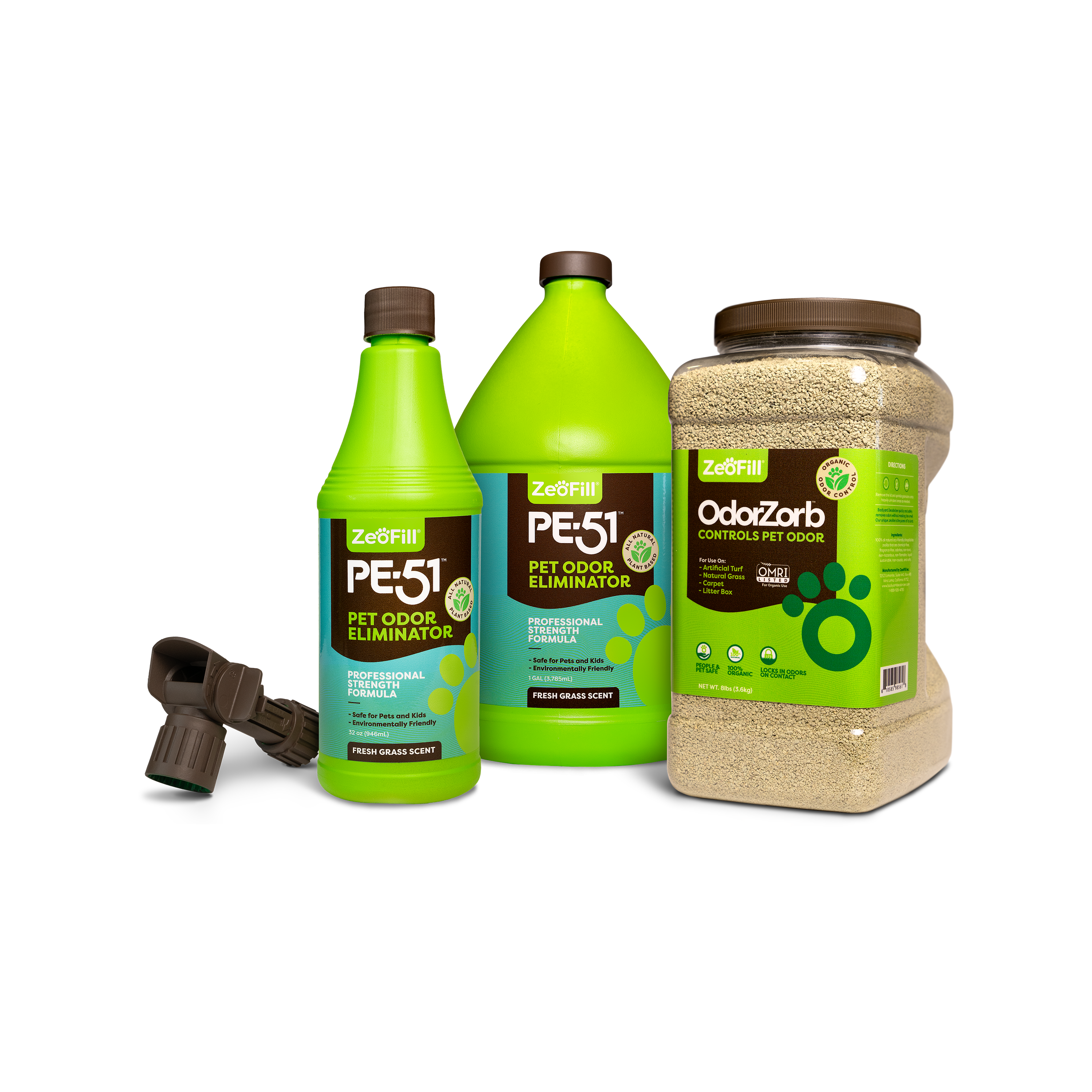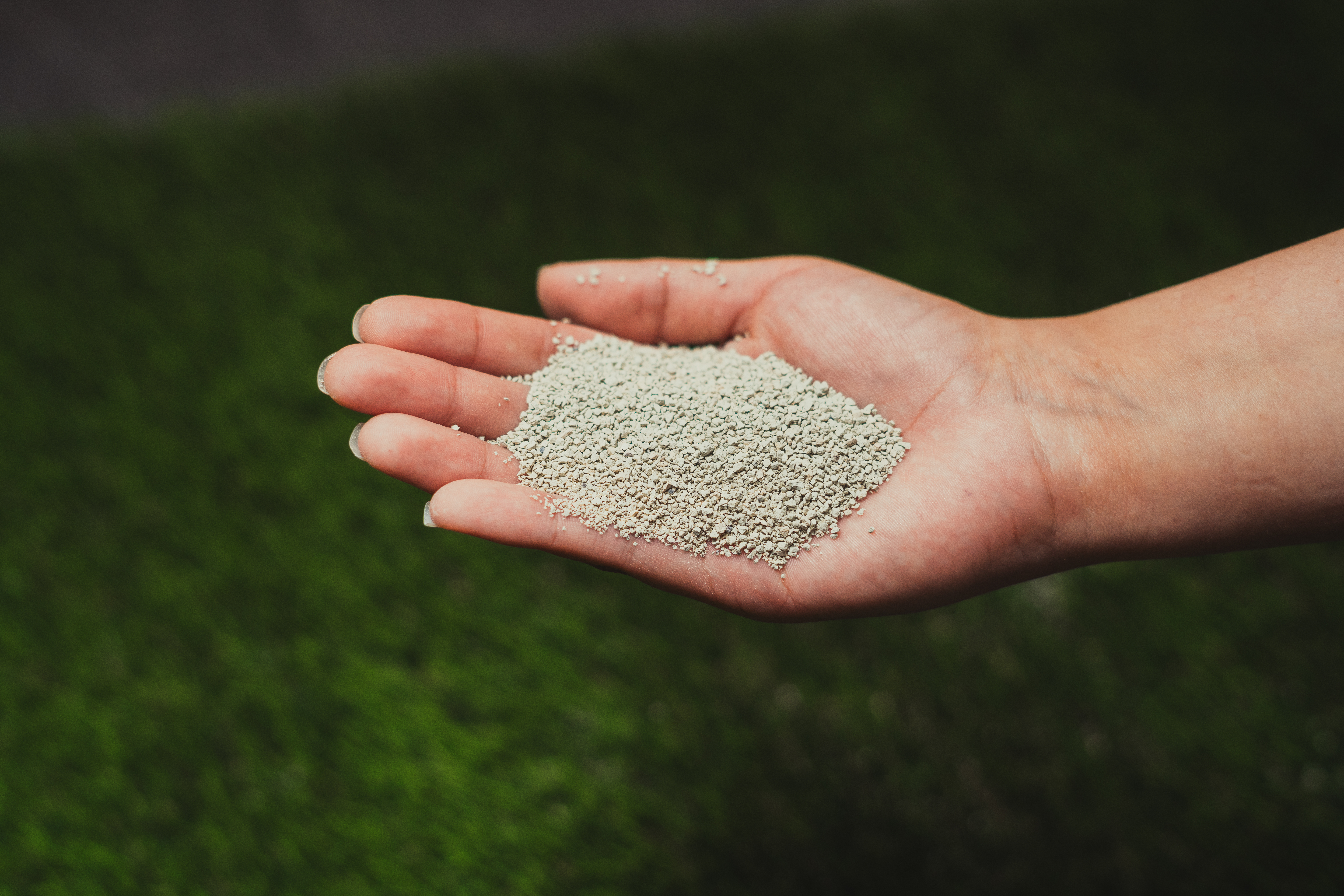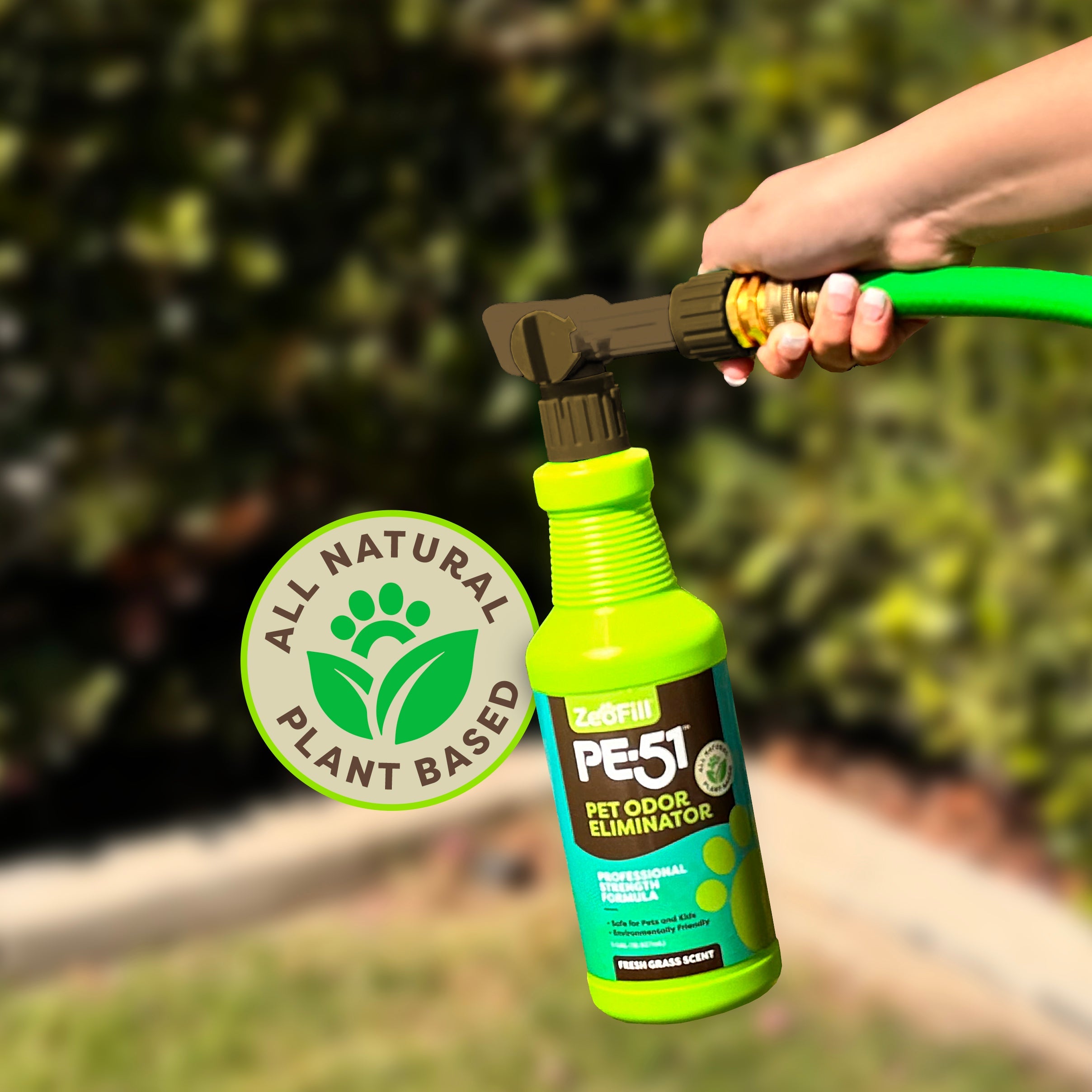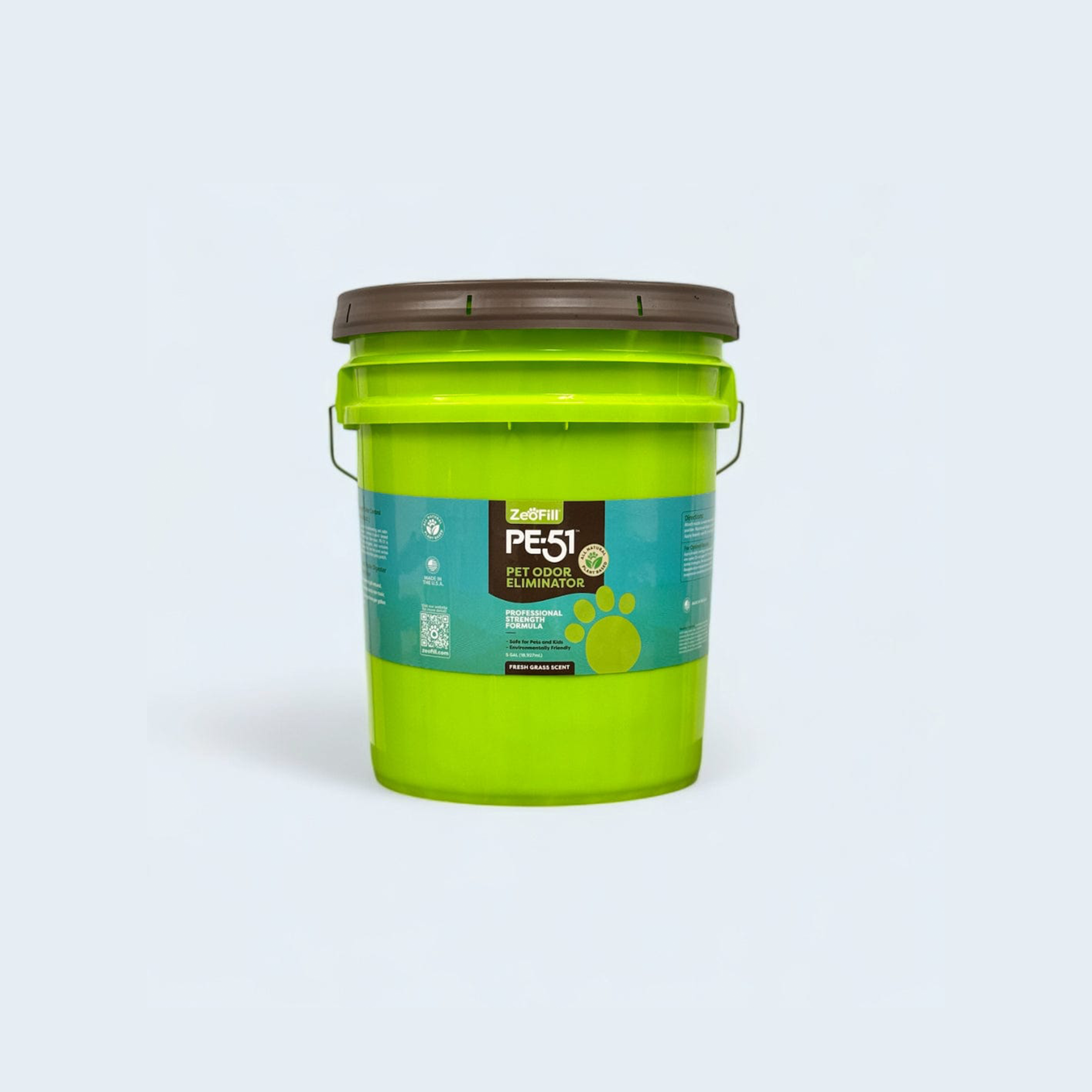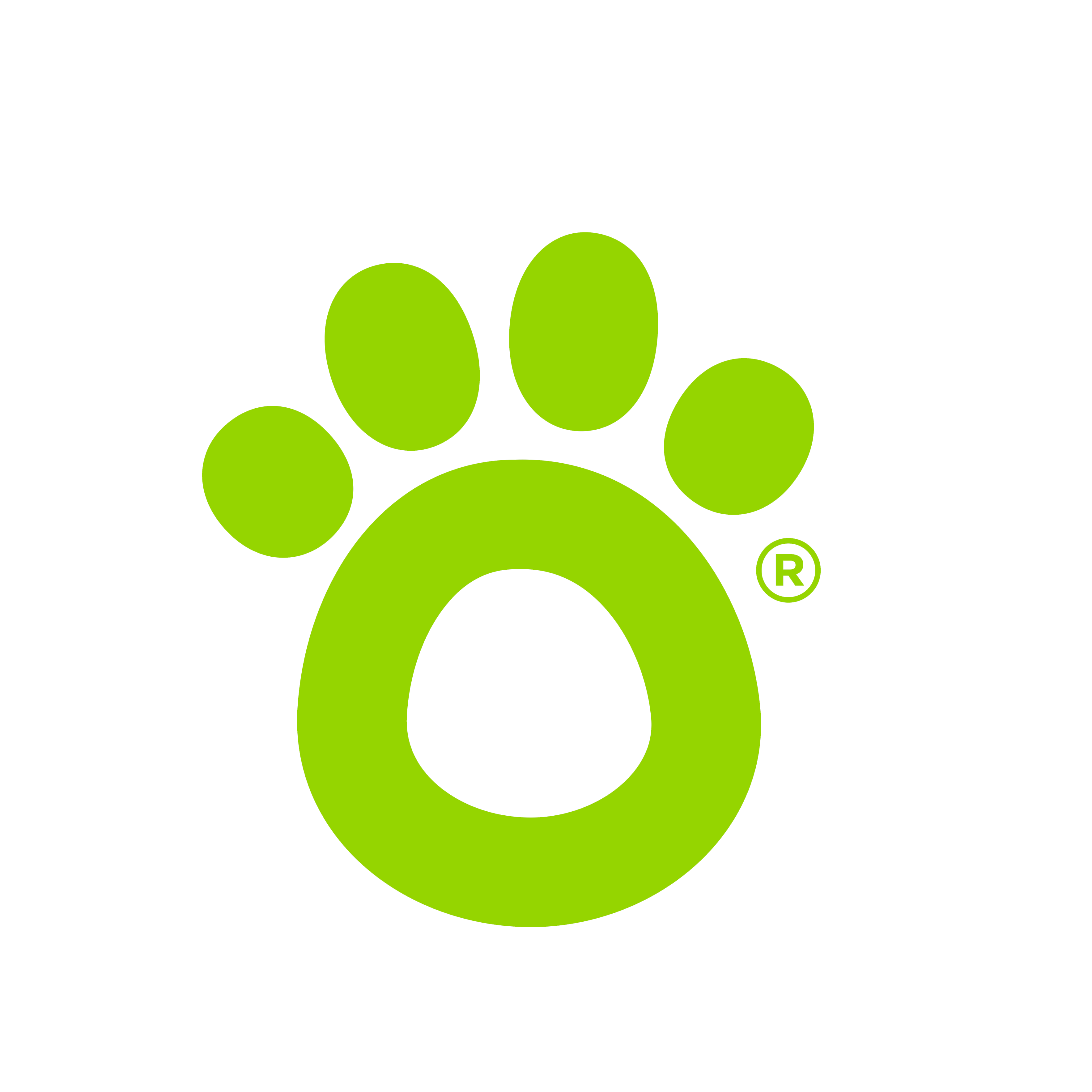What is Zeolite?
Zeolite was one of the first materials used by NASA to grow plants in space.
Technical Data
My understanding is that ZeoFill contains a form of Zeolite (Clinoptilolite)?
Yes. Clinoptilolite zeolite is in Group 3 (001318-02-1) . A non-harmful form of zeolite.
Is Clinoptilolite a fiberous form of Zeolite?
No, our zeolite is not fiberous. We believe you mabe be referring to the type of zeolite called Erionite. The IARC have some studies on clinoptilolite and other zeolites versus Erionite available on their website. Erionite is a Group 1 Carcinogen according to the IARC (International Agency for Research on Cancer). Erionite will cause Mesothelioma.
Our zeolite is of the Clinoptilolite variety. It is 97% pure clinoptilolite by weight. The other 3% is an inert phlogopite, a member of the mica family. Our X-Ray diffraction, X-Ray Fluorescence and SEM microscope images would show erionite if it was present. Mining Safety Health came to inspect our mine for erionite and passed us once they saw our data.
How much clinoptilolite zeolite does ZeoFill have? Can it support many years worth of sports fields?
We have 120 acres of mining claims but have only disturbed 5 acres at present. We have many drill holes within the 5 acres and surrounding it which all show the clinoptilolite purity to be within 1% of each other which is remarkable purity. Every time we enter a new area of the deposit we test it for purity, cation exchange capacity, heavy metals etc.
Is Zeolite approved by the U.S. Food and Drug Administration for human consumption?
No. However, the Canadian Food Inspection Agency has done rigorous testing on our zeolite and has given us a registration certificate for use in animal feed. The US as a whole does not require registration for this, however we have been certified as a fertilizer and feed supplier by the California Department of Food and Agriculture. Organic Materials Review Institute has done the same. We passed the EN-71-3 standards for childrens toys. We have a WQA certified facility for one of our water filtration customers. Clinoptilolite is consumed by humans as a GRAS generally regarded as safe product.
Are there studies by either federal agencies or research/academic institutions on the safety of consuming Zeolite or Zeofill?
We are not aware of any recognized studies on the benefits or negative effects of clinoptilolite for human consumption. As a result you see a lot of human detox products that can't make claims on the label or are in violation of FDA rules. At KMI, we are not experts in bioscience by any stretch of the imagination so we don't market the product for human consumption. We do have a medical doctor (SEE BELOW) that buys our product and treats it for human consumption however he keeps his research very tightly held. I'm not convinced of any benefits or drawbacks to consuming it other than if you eat too many spoonfuls in a day it becomes a laxative.
Has inhalation of Zeolite/ZeoFill dust been studied? If so, could you share or point me to the study?
Mining Safety Health as well as OSHA have studied it and determined it is not a dangerous particulate. The DAQEM (Air Quality in Clark County) has determined our processing plant to be a safe working site with regards to air quality. I am not sure if they publish these reports. We have semi-annual air quality tests where the particulate matter in and around our processing site is tested. We have attached one such letter above (Mining and Safety AQ Report 2016). You can see they are not worried about the clinoptilolite but instead noise levels and any signs of crystalline free silica.
We are concerned with ZeoFill's SDS showing to wear a mask, wash your hands, may irritate eyes, can you explain this?
Generally speaking, lungs are made to inhale gasses not solids. As a result, any time you're handling a product like this that can become airborne you are required to list on your safety data sheet that you should wear a mask. We care about the safety of anyone who handles any type of mineral including zeolite. At any time we suggest you place masks on to prevent solids from entering your lungs. Since we opened in 1994 we have never had an employee with a lung issues. We even had our guard dog who came to the mill site at the age of 7 and lived on-site for another 12 years.
Does ZeoFill mitigate or encapsulate for dust?
It is a natural mineral product that is crushed down and run over a series of screens so there is some dust inherent in the product. At KMI Zeolite, we screen the product twice to remove as much dust as possible from the bottom end of the particle size spectrum. We take 4 particle size analyses per truckload and log them. They are available upon customer request. Trucks do not leave the yard with a dust percentage over whats allowed in our quality control policy. Also available upon request.
How does the mine control for heavy metals?
In the last 12 months we have done 8 different metals tests despite not enlarging our footprint, each test was done on more than one sample at a time for control. The metals levels of our ore passes the EN-71-3 test for materials to be used in childrens toys. This is the standard that the STC recommends for infills. The results are attached in the ZeoFill product data sheet.
